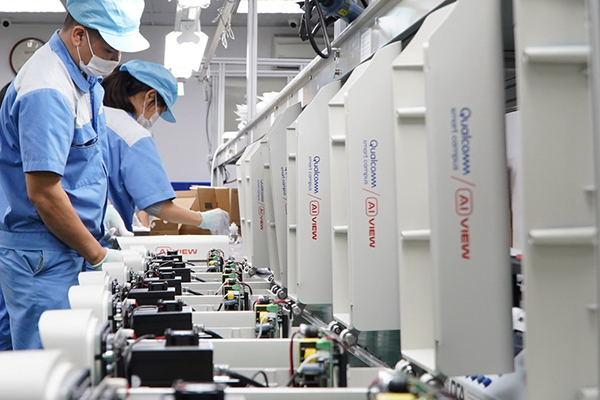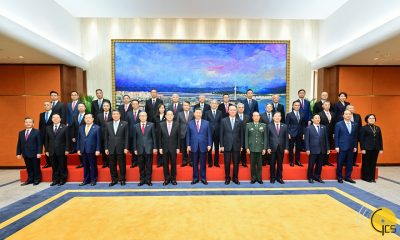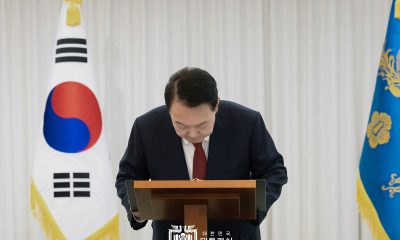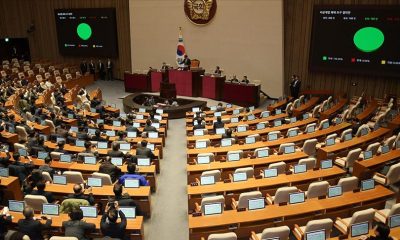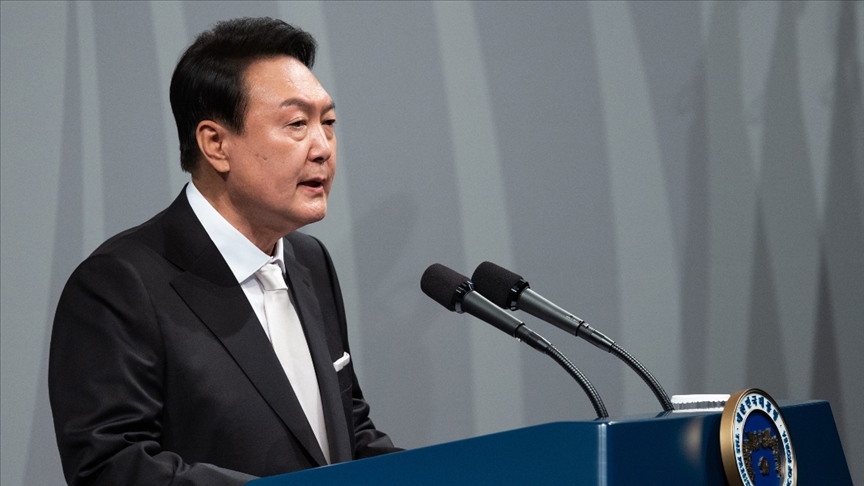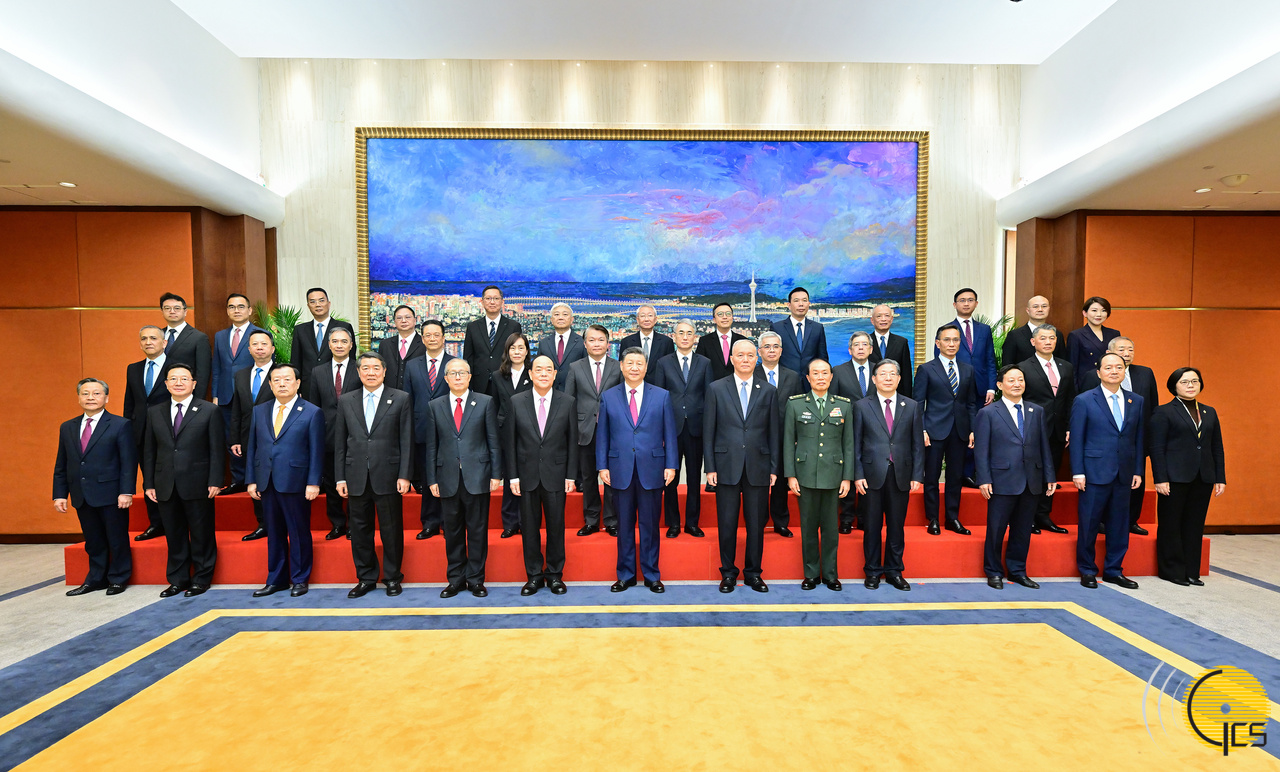South Korean companies from Samsung Electronics to LG have long led foreign direct investment in Vietnam, making the Southeast Asian country a key manufacturing hub in global supply chains. But they are now being “pushed back” by their Chinese rivals, according to the representative of the Korean Chamber of Commerce and Industry (KCCI) in the country.
In an interview with Nikkei Asia, KCCI representative Kim Hyong-mo said: “If you look at the cumulative amount of investment in Vietnam since 1988, South Korea ranks first with $85.8 billion, ahead of Singapore and Japan. But in recent years, Korea has been competing neck-and-neck with China,” he said in an interview with the news agency.
South Korea ranks fourth in foreign direct investment in Vietnam, behind Hong Kong, China and Singapore.
South Korean investments announced last year included LG Innotek’s $1 billion investment in Hai Phong to expand production of camera modules.
However, South Korean companies are cautious about new investments due to the global economic slowdown, according to Kim. “Many Korean companies are finding it difficult to expand their investments in Vietnam due to rising labour costs, especially as Chinese companies are also increasing their presence in the country,” he said.
Kim said Vietnam and China were ready to strengthen their ties after Chinese President Xi Jinping issued a declaration to deepen their relationship as a “community of shared future” when he met Vietnamese Communist Party leader Nguyen Phu Trong in Hanoi in December.
Vietnam’s open trade and investment environment, as well as its geopolitical advantages and domestic political stability, will continue to position the country as an attractive investment destination, Kim said.
However, he also cited some challenges affecting investment momentum, such as the rising minimum wage, which will increase by an average of 6% from July, and a shortage of highly skilled labour.
“Vietnam is structurally slow to make policy decisions and there is a significant lack of infrastructure, including electricity. Labour issues, environmental assessments and strict regulations such as the Fire Service Law, which requires high prevention standards in factories, have made it difficult for foreign companies to make investment decisions,” Kim said.
Kim said Vietnam’s recent introduction of a 15 per cent minimum corporate tax, in line with a global agreement, could reduce its attractiveness as an investment destination.
“Vietnam’s decision to introduce a minimum tax is understandable as it aims to increase tax revenue from multinational companies,” Kim said: “However, this move is expected to erode Vietnam’s corporate tax advantages and affect future investment decisions. Unless burden-reducing measures to replace the traditional corporate tax incentives are announced as soon as possible, some companies may be reluctant to invest in Vietnam”.
It is reported that Vietnam’s tax revenue will increase by more than 14.6 trillion dong ($588 million) due to the minimum tax rule, of which 10 trillion dong will be borne by South Korean companies in 2024.
Kim said: “Korean companies with an effective tax rate of less than 15 per cent in Vietnam cannot avoid certain impacts. However, the targets are not limited to Korean companies such as Samsung Electronics and LG,” Kim said, adding that among the 122 companies facing higher tax rates are multinationals such as Intel, Panasonic, Foxconn, Pegatron and Bosch.
Asked about the possibility of South Korean companies relocating to other countries such as India, Kim said: “Against the backdrop of many Korean companies moving from China to Vietnam in search of cheaper labour costs, it is inevitable that labour costs will also rise in Vietnam. However, while there is a need to explore alternative investment destinations to Vietnam, they will not be easy to find”.
He stressed that despite a number of problems, KCCI member companies are not considering pulling out of Vietnam or abandoning their investments: “Korean companies have consolidated their position in Vietnam by continuing their trade, investment and production activities.”
As for the state of Vietnam’s overall economy, Kim said there are now signs of improvement after gross domestic product growth slowed from 8 per cent in 2022 to 5 per cent in 2023. “Improved diplomatic relations between Hanoi and Washington are expected to have a positive impact. In addition, direct investment from multinational companies attracted by China is expected to increase,” he said.

 EUROPE1 week ago
EUROPE1 week ago
 OPINION2 weeks ago
OPINION2 weeks ago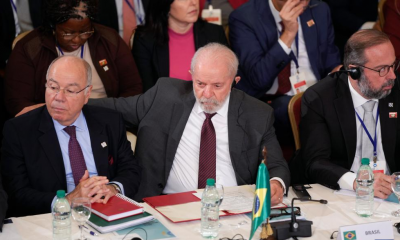
 OPINION1 week ago
OPINION1 week ago
 DIPLOMACY2 weeks ago
DIPLOMACY2 weeks ago
 OPINION2 weeks ago
OPINION2 weeks ago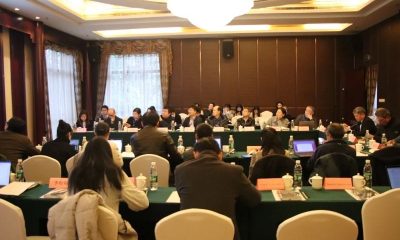
 ASIA1 week ago
ASIA1 week ago
 MIDDLE EAST1 week ago
MIDDLE EAST1 week ago
 MIDDLE EAST2 weeks ago
MIDDLE EAST2 weeks ago
